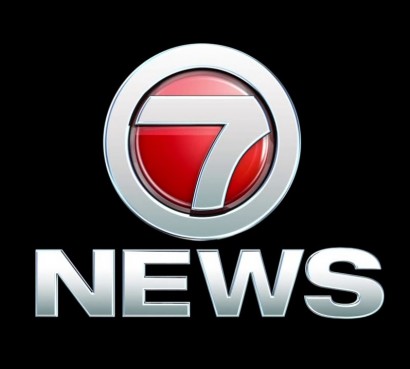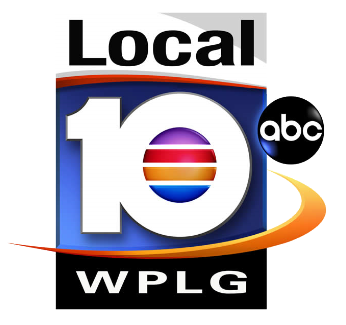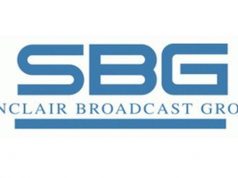For anyone who’s ever wondered why this or that radio station is called by certain call letters ie WMAQ, The Boston Globe has a nice article on radio station call letters and their meaning
WGN in Chicago, for one, was owned by the Chicago Tribune newspaper, which had as its slogan the ‘World’s Greatest Newspaper.’ The Boston Globe (boston.com) – Radio call letters: What do they mean? continue reading
Radio call letters: What do they mean?
By Thomas Mulvoy, Jr. | October 3, 2004
I know that radio station WEEI took its call letters from the old Edison Electric Illuminating Co. way back when. Do stations like WBZ and WNAC, (which was a radio station, too, once), have any such corporate connections? — Mary L., Boston.
ADVERTISEMENT
There’s only one person to go to with your question, and she is Donna Halper, a media historian and instructor in the Journalism Department at Emerson College. Says Halper:
“Well, the short answer is some do have a unique history, but in Boston, most do not. Back in the old days, before the FCC, the Department of Commerce assigned the call letters, usually in sequential alphabetical order. First, they had three letter calls, and when those ran out, they moved to four letters, with W for stations in the east and K for the west. Some call letters originally had belonged to ships at sea — after the tragedy of the Titanic, the Radio Act of 1912 said all ships had to have a wireless station on board in case of emergencies. WBZ, for example, used to belong to one of those ships in the era before commercial radio. Sometime in the early 1920s, a few station owners asked the Department of Commerce to give them special call letters that stood for a slogan. WGN in Chicago, for one, was owned by the Chicago Tribune newspaper, which had as its slogan the ‘World’s Greatest Newspaper.’
“Although some myths have sprung up, WNAC in Boston (which went on the air first as ‘The Shepard Station’ in late July 1922, owned by the Shepard Department Stores and John Shepard III) didn’t stand for anything. It was assigned in alphabetical order (WNAA, WNAB, WNAC, etc).
“Greater Boston’s first station, the pioneering WGI in Medford Hillside (where Tufts College is) was sequentially assigned, too, also in 1922. Before that, it used ham radio call letters, 1XE (the X stood for experimental, because the government thought radio was going to be a fad). The great old call letters of WBZ, which first went on the air in mid-September of 1921 in Springfield, not Boston, didn’t stand for anything, either. And although the story exists that WHDH stood for ‘We Haul Dead Haddock’ (the station originally went on the air in Gloucester), it, too, was another set of call letters that didn’t stand for anything in particular when it was assigned in 1929. Interestingly, the Gloucester station that was its predecessor did have call letters that stood for something: The owners, the Matheson family of Gloucester, originally went on the air in 1926 and requested the call letters WEPS (for Ethel Pearl Stevenson, the maiden name of Mr. Matheson’s wife). Briefly, in 1927, there was a home shopping station (really!) in Boston, owned by the Shepard Stores, and it used the requested call of WASN (All Shopping News).
“In addition to WEEI, which was a requested call letter and did stand for the original owners, Edison Electric Illuminating Co., there were others of the same ilk. WNBH in New Bedford, for example, stood for the New Bedford Hotel, where its studios used to be. Still, Ms. Halper said, most Greater Boston stations just took whatever call letters the Commerce Department, the Federal Radio Commission (after 1927), then the FCC (after 1934) handed out.
Whither the Roxbury YMHA?
When I was a boy I used the Young Men’s Hebrew Association’s facilities on Seaver Street in Roxbury. When did it close? — H.B., Brookline. Before it closed in 1970, it moved. Originally established in the South End, the YMHA moved to Seaver Street in 1911. In his 1999 book “Urban Exodus: Why the Jews Left Boston and the Catholics Stayed,” Gerald Gamm relates that early in 1960, the YMHA sold its building on Seaver Street to a Seventh-day Adventist congregation for $50,000 and merged with the Hecht House (located in Dorchester on the other side of Franklin Park). In the summer of 1970, the YMHA-Hecht House property was sold to the Lena Park Housing Development Corporation, of which the Rev. Shawn G. Sheehan, pastor of St. Leo’s Parish, was founder and chairman.
Wondering about something you’ve seen in Boston? Want to know how something in the city works? Send your questions to FYI, City Weekly, The Boston Globe, P.O. Box 55819, Boston MA 02205-5819. Or e-mail them to fyi@globe.com.
© Copyright 2004 Globe Newspaper Company.








